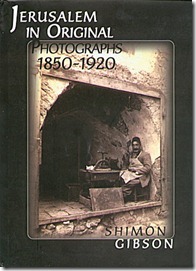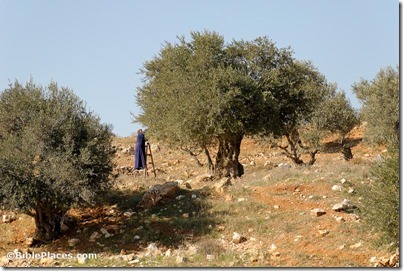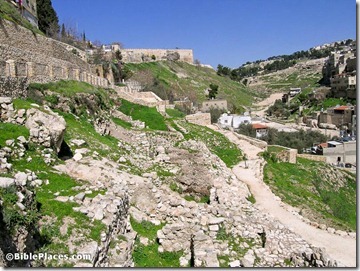Shimon Gibson’s excellent work is the “Deal of the Weekend” at Eisenbrauns right now. Marked down from $49.95 to $14.99, this is a great deal.
The publisher’s description:
Jerusalem in Original Photographs brings together pictures taken by the early travel photographers who captured unique moments in history.  Structured around a contemporary map of the town, the selection of illustrations leads the reader on a walking tour through streets often little changed over the course of the intervening century. These black and white photographs have been drawn from the Palestine Exploration Fund archives and are accompanied by masterful commentary by the renowned archaeologist, Dr. Shimon Gibson.
Structured around a contemporary map of the town, the selection of illustrations leads the reader on a walking tour through streets often little changed over the course of the intervening century. These black and white photographs have been drawn from the Palestine Exploration Fund archives and are accompanied by masterful commentary by the renowned archaeologist, Dr. Shimon Gibson.
From a review in Near Eastern Archaeology:
“Jerusalem in Original Photographs, 1850–1920 is an impressive volume, an entry point to important archival materials, a contribution to the history of photography in the Middle East, and an opportunity to reclaim the visual legacy of the last century. Photographs are valuable resources for research into the past. The immediacy of the images, the scope of the representation covering small details up to landscapes, and the visual information make for intriguing insights… “Jerusalem in Original
Photographs, 1850–1920 is a multifaceted book. It could be displayed on a coffee table and examined for its fine images. The layout of the volume is an engaging way to remember the late Ottoman and early British Mandatory city. The volume documents an important mode of representing the city. For the specialist in the period, the book is a superb resource to examine critically architectural and other material changes during the transition from Ottoman to British rule. Reading and studying this book may prove a very enlightening endeavor for many types of audiences. Gibson deserves congratulations for producing an important scholarly resource and an attractive compilation.” — Uzi Baram, New College of Florida in Near Eastern Archaeology 65:4, 2002
The Eisenbrauns website has more details. Recommended!


